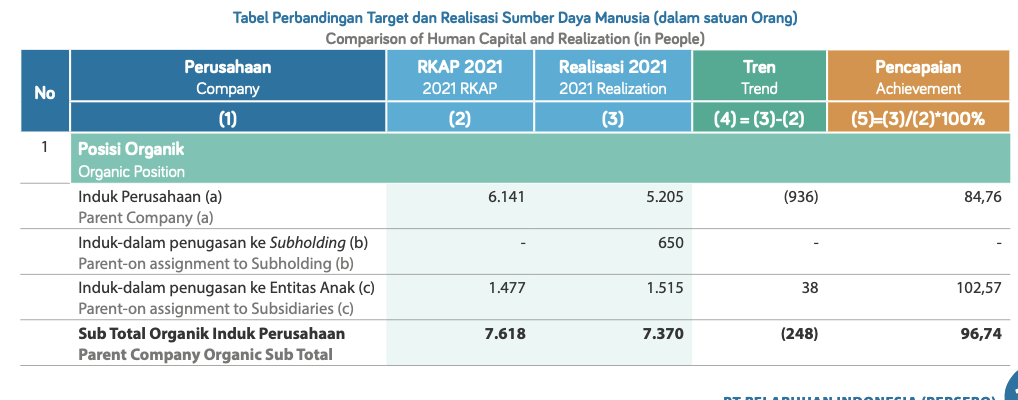FINANCIAL REVIEW
with the main task and function to prevent the entry, spread and release of Quarantine Animal Disease Pests (HPHK) and Quarantined Plant Destruction Organisms. (OPTK). This is to support the increased competitiveness of agricultural products and to empower the people’s economy and assist agricultural businesses in meeting the technical sanitary and phytosanitary requirements from export destination countries. Currently, Regional 3 at the Tanjung Emas Port Branch has collaborated with 4 fumigators by providing a container field as a place for fumigation activities in line 2.
REGIONAL 4
Utilization of land (container stacking fields) in Regional 4 Makassar is a strategic step towards optimizing the Company’s assets. Land use is carried out in collaboration between Regional 4 Makassar and Regional 4 Makassar Container Terminal, by dividing land use into 2 (two) areas, as a CCDC area and a Buffer Zone. The cooperation scheme involves a profit sharing system with a percentage in accordance with the BA Agreement.
To provide optimal service to key customers, Regional 4 established 5 Key Customer (KAM) container service segments for customers with the largest contribution to the revenue and container traffic aspects, namely PT SPIL, PT Meratus, PT Temas, PT Tanto, and PT Caraka. Mighty Tirta. This KAM program was one of the initiatives prepared at the time of the merger of PT Pelindo (Persero), with a draft of the Board of Directors’ Regulation for the management of integrated KAM being prepared.
For the development and performance improvement at the Garongkong Port, Regional 4 submitted a proposal for Utilization Cooperation (KSP) at the KUPP Class II Garongkong. Currently, the proposal for cooperation is at the bidding stage and is targeted for completion on April 7, 2022.
COMPARISON OF HUMAN CAPITAL DEVELOPMENT TARGET AND REALIZATION
Pelindo’s Human Capital (HC) for the parent company, subholding, and subsidiaries in 2021 reached 25,795 people or 95.71% of the 2021 RKAP. The number of employees in the parent company was 10,988 people or 87.21% of the 2021 RKAP. The number of employees in the subsidiaries was 14,043 people or 97.86% of the 2021 RKAP.

